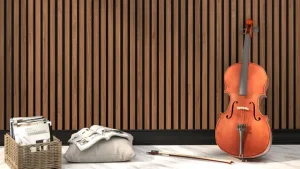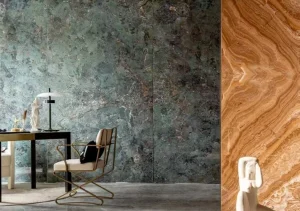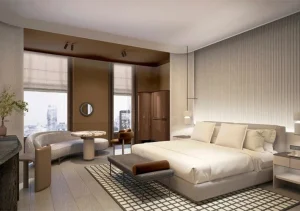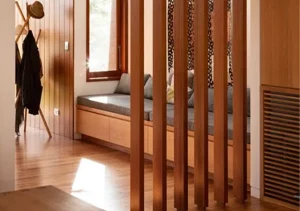Table of Contents
ToggleIntroduction
The construction industry has been undergoing a massive transformation in recent years, driven by rising awareness of climate change, stricter environmental regulations, and increasing demand for eco-friendly building solutions. Among the various green building materials available, Wood-Plastic Composite (WPC) wall panels have emerged as one of the most reliable and sustainable alternatives to traditional wall decoration materials such as solid wood, PVC panels, and paints.
WPC wall panels combine the natural aesthetics of wood with the durability and low maintenance of plastic. They not only help reduce the reliance on natural timber but also utilize recycled plastics, minimizing environmental waste. For developers, contractors, architects, and wholesale distributors, WPC wall panels present an excellent choice that meets both sustainability goals and business profitability.
This article will explore in detail why WPC wall panels have become such a popular choice for sustainable building materials, examining their composition, environmental benefits, performance advantages, cost-effectiveness, applications, and market prospects.
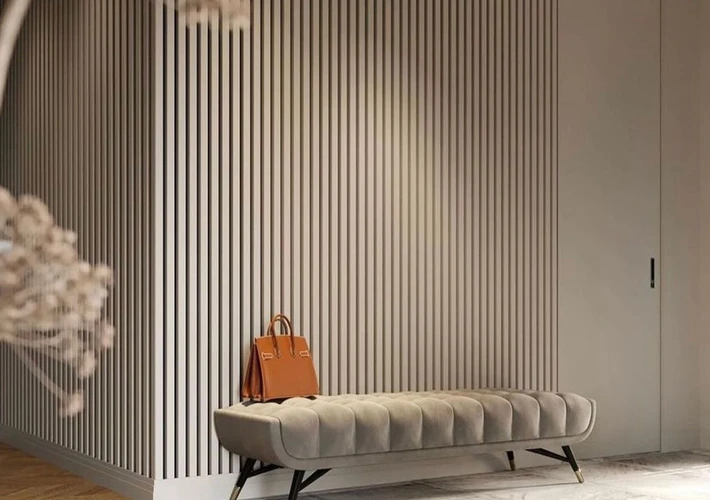
What Are WPC Wall Panels?
WPC (Wood-Plastic Composite) is a hybrid material made by blending wood fibers, wood flour, or wood pulp with thermoplastics such as polyethylene, polypropylene, or polyvinyl chloride (PVC). Additives like stabilizers, lubricants, and colorants are also included to enhance performance.
The result is a highly versatile material that replicates the appearance of natural wood while offering the durability of plastic. WPC wall panels are manufactured using advanced extrusion technology, ensuring consistent quality, smooth finishes, and customizable dimensions.
Key characteristics of WPC wall panels:
- Eco-friendly: Made from recycled wood and plastic.
- Durable: Resistant to water, termites, rot, and UV exposure.
- Low maintenance: Requires minimal cleaning compared to natural wood.
- Aesthetic flexibility: Available in various textures, colors, and finishes.
- Cost-effective: Long lifespan reduces replacement and maintenance costs.
Why WPC Wall Panels Are Sustainable
Utilization of Recycled Materials
One of the most important reasons WPC wall panels are considered sustainable is their use of recycled raw materials. The production process incorporates waste wood fibers and recycled plastics, which would otherwise contribute to deforestation or end up in landfills. By converting these materials into durable building products, WPC reduces environmental impact while creating a high-value commodity.
- Wood component: Often sourced from sawdust, wood shavings, or agricultural residues.
- Plastic component: Recycled from packaging, bottles, and industrial waste.
This recycling loop aligns with the principles of a circular economy, making WPC wall panels a responsible choice for green construction.
Reduced Deforestation
Traditional wood panels rely heavily on harvesting natural timber, which contributes to deforestation and biodiversity loss. WPC, on the other hand, significantly reduces the demand for virgin wood while still delivering the natural look of timber. By adopting WPC wall panels, construction projects can save thousands of cubic meters of natural wood annually, directly protecting global forests.
Energy Efficiency in Manufacturing
The production of WPC panels consumes less energy compared to the processing of aluminum, steel, or cement-based materials. Advanced extrusion technology ensures minimal waste generation and efficient use of raw materials. Additionally, because WPC wall panels are lightweight, transportation energy consumption is also reduced compared to heavier alternatives.
Long Lifespan and Recyclability
Durability is another factor that enhances the sustainability of WPC wall panels. Unlike natural wood, which is prone to warping, rotting, and insect damage, WPC maintains its integrity for decades. This long service life reduces the frequency of replacements, saving both resources and costs.
At the end of their lifecycle, WPC panels can be recycled into new composite materials, creating a closed-loop recycling process and minimizing landfill waste.
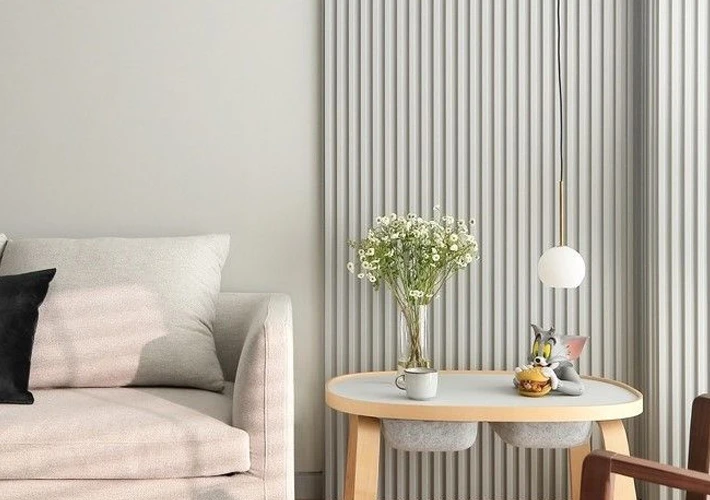
Performance Advantages of WPC Wall Panels
Sustainability alone is not enough for building materials to succeed. WPC wall panels also deliver superior performance that makes them attractive to architects, designers, and contractors.
Moisture and Water Resistance
Unlike wood, WPC wall panels do not absorb water, making them ideal for humid climates and wet areas such as kitchens, bathrooms, and basements. They resist swelling, warping, and mold growth, ensuring long-term performance.
Termite and Pest Resistance
Traditional wood panels often face the threat of termites and other insects. WPC wall panels are completely pest-resistant, ensuring a safer and longer-lasting wall solution.
Fire Resistance
Many WPC products are engineered with fire-retardant additives, enhancing safety in residential and commercial projects.
UV and Weather Resistance
Outdoor applications demand materials that can withstand sun, rain, and temperature changes. WPC panels are UV-stabilized to prevent fading and maintain color consistency. They perform well in both indoor and outdoor settings.
Easy Installation and Maintenance
WPC wall panels are designed for hassle-free installation using interlocking systems or screw mounting. Unlike wood that requires regular polishing or painting, WPC only needs simple cleaning with soap and water, saving time and labor costs.
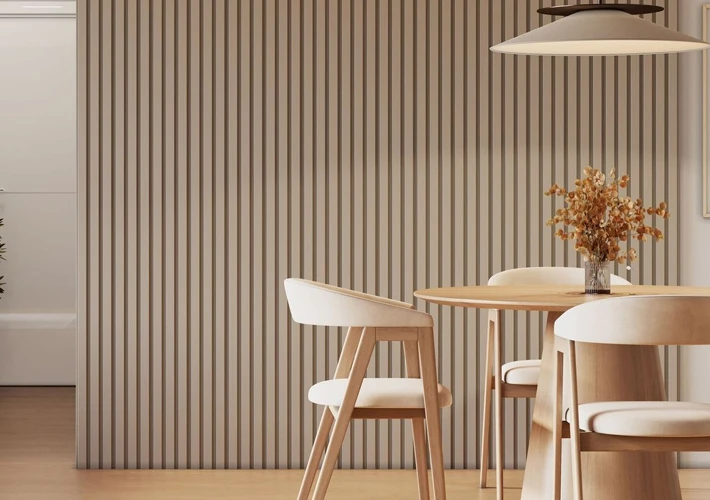
Cost-Effectiveness of WPC Wall Panels
Sustainability often comes with concerns about higher costs. However, WPC wall panels balance eco-friendliness with economic viability.
- Initial cost: Generally higher than low-grade PVC panels but significantly lower than natural wood.
- Maintenance cost: Minimal compared to wood, which requires polishing, sealing, and termite treatment.
- Lifecycle cost: Longer lifespan translates to lower replacement frequency, saving money in the long term.
For contractors and project developers, WPC panels represent an investment in long-term value rather than just upfront savings.
Applications of WPC Wall Panels
The versatility of WPC wall panels allows them to be used across a wide range of residential, commercial, and industrial projects.
Residential Buildings
- Living room feature walls
- Bedroom wall decoration
- Bathroom and kitchen wall protection
- Ceiling panels
Commercial Spaces
- Hotel interiors
- Office partitions and feature walls
- Shopping malls and retail store decoration
- Restaurants and cafes
Public Infrastructure
- Schools and libraries
- Hospitals and clinics
- Conference halls and auditoriums
Outdoor Applications
- Balcony wall coverings
- Garden and terrace cladding
- Exterior building facades
Market Trends of WPC Wall Panels
The demand for WPC wall panels is increasing globally due to the dual drive of sustainability and performance.
1. Growing Green Building Initiatives
Governments and organizations are promoting eco-friendly construction, and WPC products meet LEED (Leadership in Energy and Environmental Design) certification standards.
2. Expanding Construction Industry
Rapid urbanization in Asia-Pacific, the Middle East, and Africa is fueling demand for cost-effective and durable materials.
3. Rising Demand in Developed Markets
In Europe and North America, strict environmental laws are pushing contractors to shift from traditional wood and plastic-based materials to WPC composites.
4. Export Opportunities from China
As one of the largest WPC wall panel manufacturers and suppliers, China is leading global exports. Competitive pricing, advanced technology, and consistent quality make Chinese WPC panels attractive for importers worldwide.
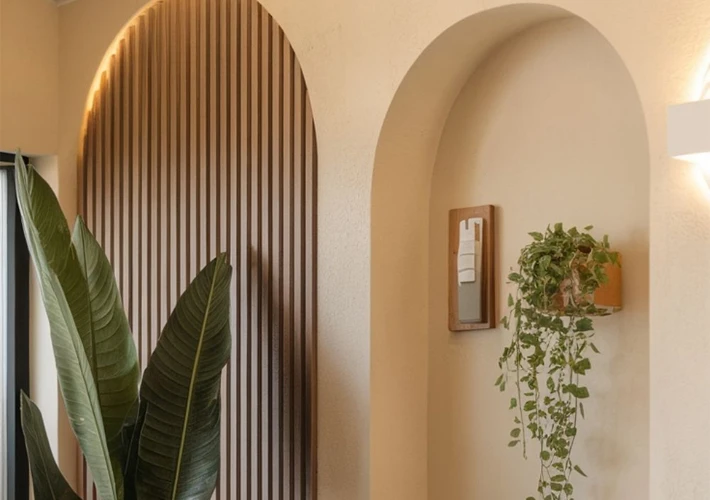
Why Choose WPC Wall Panels from China?
As a China-based factory specializing in decorative building materials, we ensure:
- High-quality manufacturing with advanced extrusion equipment.
- Customizable designs in terms of size, thickness, color, and texture.
- Competitive pricing for wholesale and bulk orders.
- Strict quality control that meets international export standards.
- Efficient logistics and supply chain for global customers.
By sourcing WPC wall panels directly from manufacturers, importers and wholesalers can maximize profit margins while delivering sustainable solutions to their markets.
Conclusion
Choosing WPC wall panels is not just about following a trend—it’s about committing to sustainability, performance, and long-term value. From their eco-friendly production process to their durability, versatility, and cost-effectiveness, WPC panels check every box for modern construction projects.
For businesses in the construction and decoration materials sector, embracing WPC wall panels is a strategic investment that aligns with the future of sustainable architecture while creating profitable opportunities in global markets.
If you are a wholesaler, contractor, or importer seeking reliable WPC wall panel suppliers in China, partnering with a professional factory ensures you receive the best quality, competitive prices, and tailored solutions for your projects.


